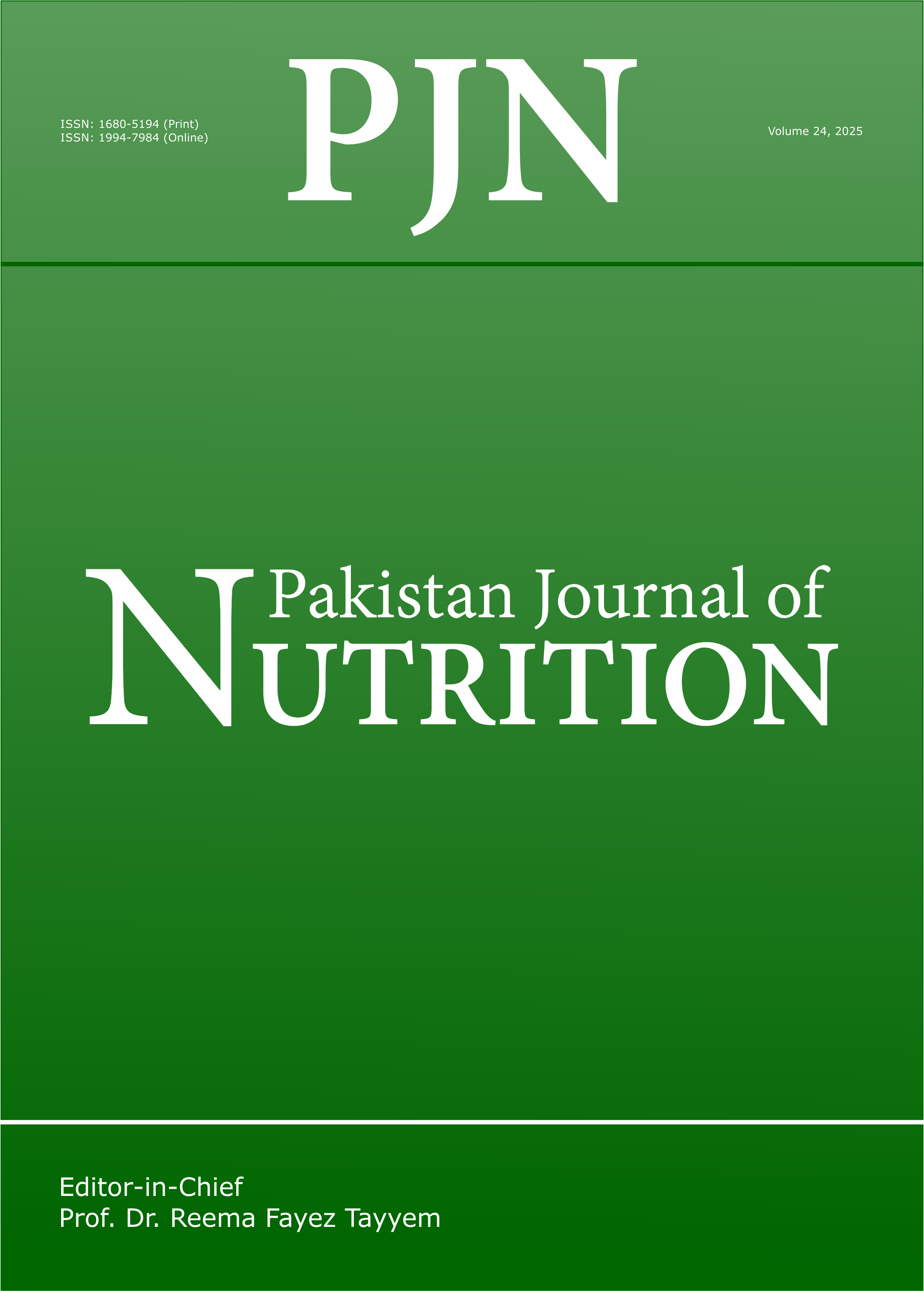Production and Characterization of Juice from Mucilage of Cocoa Beans and its Transformation into Marmalade
DOI:
https://doi.org/10.3923/pjn.2009.129.133Keywords:
Cocoa, juice, marmalade, organoleptic quality, sensory evaluationAbstract
More than 550,000m3 of juice from mucilage of cocoa beans are produced and abandoned in farms each year. This cloudy substance is composed of 85.3% of moisture. Production and transformation into marmalade were made. High performance liquid chromatography was used to identify reducing sugars and organic acids and gas liquid chromatography was used for minerals identification. Physical parameters were also determined. The results of analyses showed that the pH of the juice from cocoa beans was 3.14 and its glucose content was very high with around 214.2±6.2g/L. The total soluble solids were 16.17° Brix. The crude proteins and ascorbic acid contents of this natural syrup were evaluated at 7.2±0.21g/L and 18.3±7.5mg/L, respectively. Analyses also revealed that potassium and calcium contents of the cocoa beans syrup were 950±16.32mg/L and 171.5±34.1mg/L, respectively. Other minerals like sodium, magnesium and phosphorus are lower. This juice was high in citric acid at 9.1±0.6mg/L, malic acid at 3.6±0.5mg/L and acetic acid at 2.28±0.7mg/L. It was lower in fumaric acid, oxalic and lactic acid. Marmalade was produced with cocoa bean juice with additional sugar and cocoa placenta (11.5%) to the mucilage (44.72%). The output of the manufacture was 46.2%. Cellulose and fat contents were 5.36±0.43% and 5.23±0.15%, respectively. Total soluble solids were 67.14° Brix. Sensory evaluation was conducted on 1-5 point hedonic scale. The results of sensory rating were statically analyzed with student t-test. Analyses did not show any significant difference (p = 0.5) in taste, color and consistency compared with a commercial apricot marmalade. Appearance and acceptability were found significantly different (p = 0.5). On a 1-5 rating scale, the acceptability of cocoa marmalade (3.56±0.7) was fairly lower than that of commercial marmalade (3.96±0.5). Considering the output of manufacture, more than 239.2 tons of marmalade are expected to be produced each year.
Downloads
Published
Issue
Section
License
Copyright (c) 2009 Asian Network for Scientific Information

This work is licensed under a Creative Commons Attribution 4.0 International License.
This is an open access article distributed under the terms of the Creative Commons Attribution License, which permits unrestricted use, distribution and reproduction in any medium, provided the original author and source are credited.

